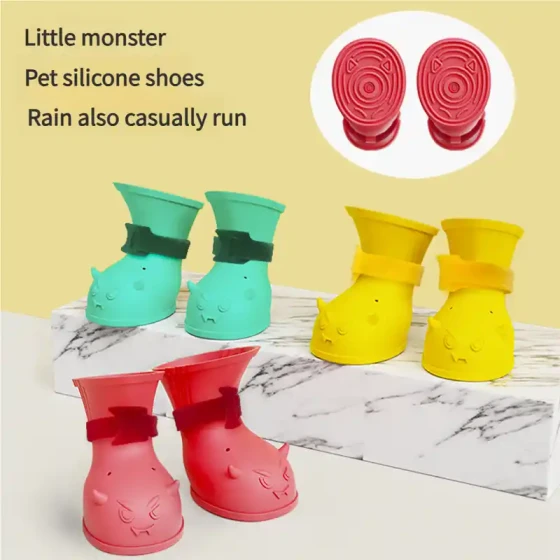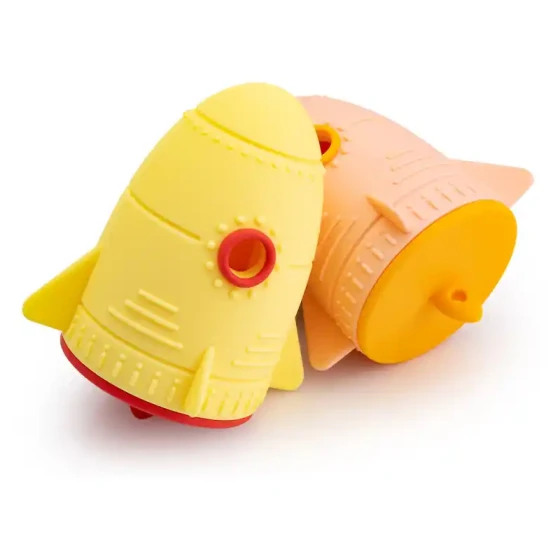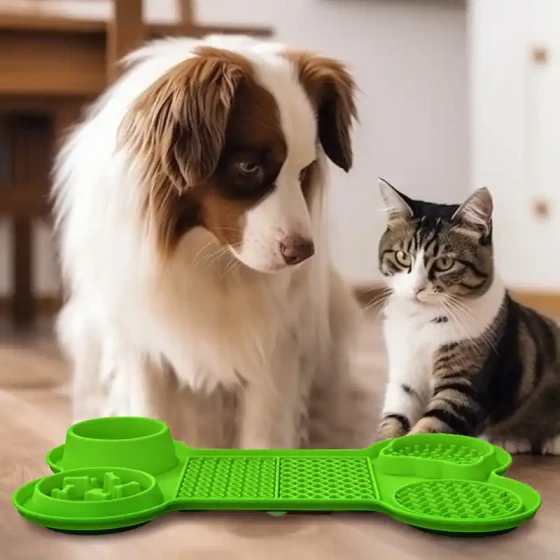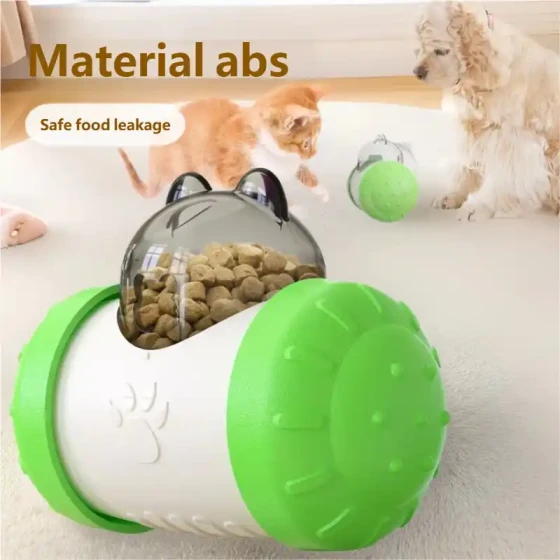What to Do When a Female Dog Has Difficult Labor?
Difficult labor in dogs should be taken seriously as it can lead to the death of both the mother and puppies. When a female dog is unable to deliver naturally, immediate action is required. It is essential to take the dog to a veterinary hospital for treatment, which may involve artificial delivery or a cesarean section (C-section). While a C-section can save the mother and puppies, it comes with consequences, including potential challenges for future pregnancies and a reduced number of puppies per litter. If possible, artificial delivery should be prioritized to avoid such complications.

Signs of Difficult Labor in Dogs
The following signs may indicate difficult labor, and it is important to be prepared for artificial delivery:
- Abnormal fetal position: For example, when only one leg enters the vagina.
- Strong straining for 20-30 minutes without the fetus being expelled.
- Weak or intermittent labor lasting 2-3 hours.
- No continued labor for 4 hours after the previous fetus has been expelled (unless delivery is complete).
A prolonged interval between births suggests possible difficult labor, although it's important to note that weaker dogs or irregular uterine contractions may extend the delivery time.
Causes of Difficult Labor in Dogs
Difficult labor can be caused by both fetal and maternal factors.
1. Fetal Factors:
- Abnormal Fetal Position: Fetal positioning plays a crucial role during delivery. Incorrect positioning, such as transverse, breech, or abnormal fetal postures, can block the birth canal and complicate delivery.
- Abnormal Fetal Development: Oversized fetuses, malformed fetuses, or dead fetuses can obstruct the birth canal, leading to difficult labor.
2. Maternal Factors:
- Weak or Inconsistent Labor Force: If uterine contractions are weak or irregular, it can hinder the progression of labor.
- Birth Canal Abnormalities: Narrow birth canals, incomplete dilation of the cervix, or insufficient pelvic expansion can prevent the smooth passage of the fetus.
• • Inappropriate Medication: The misuse of labor-inducing drugs like oxytocin before the cervix is fully dilated can cause uterine paralysis, contributing to difficult labor.

How to Address Difficult Labor in Dogs:
1. Fetal Factors:
- Incorrect Fetal Position: If the fetus is in an abnormal position, it can be corrected manually. The assistant should lift the dog's hind limbs, while the operator injects 3-5mL of paraffin or bean oil into the vagina and attempts to reposition the fetus.
- Oversized or Malformed Fetuses: If the fetus is too large, an episiotomy may be performed to enlarge the birth canal. This can allow the operator to pull the fetus out carefully.
- Dead or Malformed Fetuses: In cases where the fetus has died or is malformed, fetal craniotomy (destruction of the fetus to reduce size) is required for easier delivery.
2. Maternal Factors:
- Narrow Birth Canal: If the birth canal is too narrow, it's essential to wait for full dilation before attempting delivery. In some cases, external abdominal massage or lubrication can help ease the delivery.
- Weak Labor Force: If uterine contractions are weak, medication like oxytocin may be used to stimulate stronger contractions. Additionally, massaging the abdomen or using a warm compress can help improve circulation and assist the delivery process.

Post-Delivery Care: Ensuring the Health of Both the Mother and Puppies
After the delivery process, it's important to ensure that the mother and puppies are healthy. Dog cleaning supplies can play an essential role in maintaining hygiene during this critical period. PetsZone offers a wide range of dog cleaning products to help keep your pet clean and comfortable.
Additionally, the protection of both the mother and puppies is vital during their recovery. For instance, a portable foldable dog fence can help isolate the mother from external disturbances and provide a secure space for bonding with her puppies. This type of fence ensures safety without the need for drilling, making it an excellent option for maintaining a peaceful recovery environment.

Conclusion
Difficult labor in dogs requires prompt attention and action. Understanding the signs and causes of difficult labor, along with knowing how to address them, can help ensure the health of both the mother and her puppies. Additionally, post-delivery care, including the use of cleaning supplies and protective barriers, can promote a smooth recovery. For any concerns about your dog's labor, always consult with a professional veterinarian to ensure the best care for your pet.





